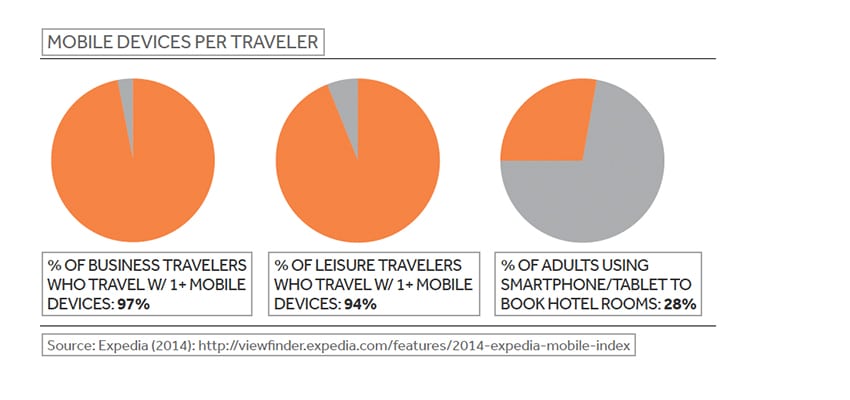Skift Take
Big data is driving opportunities to create loyalty and conversions for the hospitality industry, but it’s also posing challenges. The key to leveraging the power of customer information is to bring these datasets together. This report examines how to do that, and the value that can be extracted from big data once integration is underway. Download this report for FREE!
This is an excerpt from our recent trend report, From Data to Action: The Future of Hospitality Marketing, brought to you in partnership with CendynONE.
Download the Report, Free!
As hotels grapple with increasing amounts of data, effective customer relationship management stands to become even more important. Whereas hospitality’s points of contact have traditionally been anchored to registration desks and guests’ person-to-person requests, brands, armed with guest data, are increasingly able to reach out and apprehend needs and behaviors via an expanding array of always-on mobile devices.
Once a chiefly reactive role, customer relations has become a proactive space.
Given the multiple kinds of data that hospitality now gathers from numerous sources, linking disparate information so it can be visualized, analyzed, and acted upon is key to extracting value from it. The value is in the potential endgame for hotel-guest relations — earning repeat business.
Upgrading the hotel-guest relationship: the value and potential of linking data
A key area in which big data can equip hospitality leaders is that of identifying and pursuing properties’ best guest-types.
That is, within guest check-in data, folio data, reservation records, website activity logs, marketing histories (from SEO to paid search and social) there are multiple ways and spaces in which hotels are reaching customers. Patterns that show which of those customers represent the most spend and the highest degree of loyalty represent key opportunities to boost revenue.
For some brands, that kind of collection and analysis can lead to surprising discoveries about what marketing and leadership have traditionally thought they understood about their guest demographics.
“Like everybody else in the world, we’ve been trying to get a handle on that Millennial and younger customer,” said Josh Herman, director of Marketing and PR at Fontainebleau Miami Beach. “One of the interesting things we’ve done — as much as it’s a young and hip and trendy image we portray here in general at Fontainebleau — is that a lot of the data we’ve gathered has showed us customers in older demos — in their 40s, 50s, and 60s — really are the customers spending significantly more money on-property.”
It is an insight that Herman said became apparent only after de-siloing the data that existed within Fontainebleau’s system.
Furthermore, the data now at their centralized disposal allows the hotel to better market to guests who are able to afford the property’s higher-end suite product. Nearly 1/3 of Fontainebleau’s inventory is in the form of upper-tier suites. But, according to Herman, an often significant percentage of that inventory was being distributed as upgrades to guests who’d paid for lower-priced accommodations. [Read More]

This report brought to you in partnership with CendynONE. Above was an extract from it. You can download the full report here for all the insights.
Download the Report, Free!
Have a confidential tip for Skift? Get in touch
Tags: data, guest data, hotels, seo

